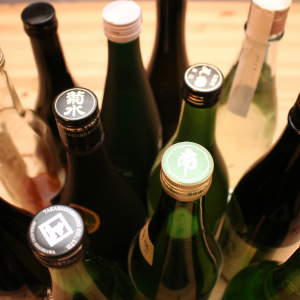
What is jizake?
Jizake (roughly, “local sake”) broadly defines sake produced by an artisanal producer or microbrewery. It excludes national brands and sake made in the historically prominent sake brewing regions of Nada in Hyogo and Fushimi in Kyoto.
The definition of what constitutes “jizake” is fuzzy. It’s further complicated by the fact that the interpretation is up to the breweries themselves. Some may focus on locally produced ingredients, such as rice and yeast, while others focus on distribution and interaction with the local community. Many rely on the brewmaster’s expertise instead of employing modern technology to streamline production. Regardless of the interpretations, these sake have exciting and unique profiles due to the characteristics of the region, climate, and the toji’s (brewmaster) unique touch, which are not seen in mass-produced sake.
Thus, the definition of “jizake” is more about ways of expressing regional characteristics. The regional characteristics emphasized are very much up to the breweries.
What started the jizake boom?
While local artisanal breweries have been brewing jizake for centuries, the jizake boom took off in the 1970s thanks to efforts by the government-owned Japanese National Railways. It launched a massive “Discover Japan” campaign to entice urban residents to explore the countryside and “rediscover” rural Japan’s beautiful nature, culture, history, people, and local cuisine.
It wasn’t long until travelers partaking in the campaign discovered small-batch, locally-brewed hidden gems. Many of these sake were comparable, if not better than the sake from the renowned sake regions of Nada and Fushimi. This is when local sake like Koshino Kanbai of Niitaga, Ichinokura and Urakasumi of Miyagi, and Umenishiki of Ehime rose to prominence. While these brands are well-known and easy to obtain today, it was thanks to these early traveling sake enthusiasts spurring the jizake boom.
Some sake enthusiasts scoured the country to find “phantom sake,” micro-batch award-winning sake covertly circulating among the locals and selected sake shops. The buzz to find rare sake added fuel to the jizake boom.
Not by coincidence, this was when Japan was rapidly transitioning from the resource-poor post-war era to an age of economic prosperity. By the late 1960s, the government liberalized the sake industry, where rice became easier to obtain through a self-distributing market and not through rationing.
Jizake today
With the rise of e-commerce, creative online marketing, and jizake specialty shops in major cities, it’s become easy to learn about and try jizake without stepping on a train or airplane (if visiting Tokyo, check out these sake stores). The jizake boom is surging once again in recent years, with growing consumer interest in local cuisine and regional revitalization.
The beauty of jizake is that it reflects the region’s characteristics, the individuality of the producers, and the diversity of flavors sake has to offer. The world of jizake is vast, with newcomers entering the scene all the time. With the jizake scene stronger than ever, there’s no better time to hop aboard.
*If you would like us to send you monthly updates and information, register here.
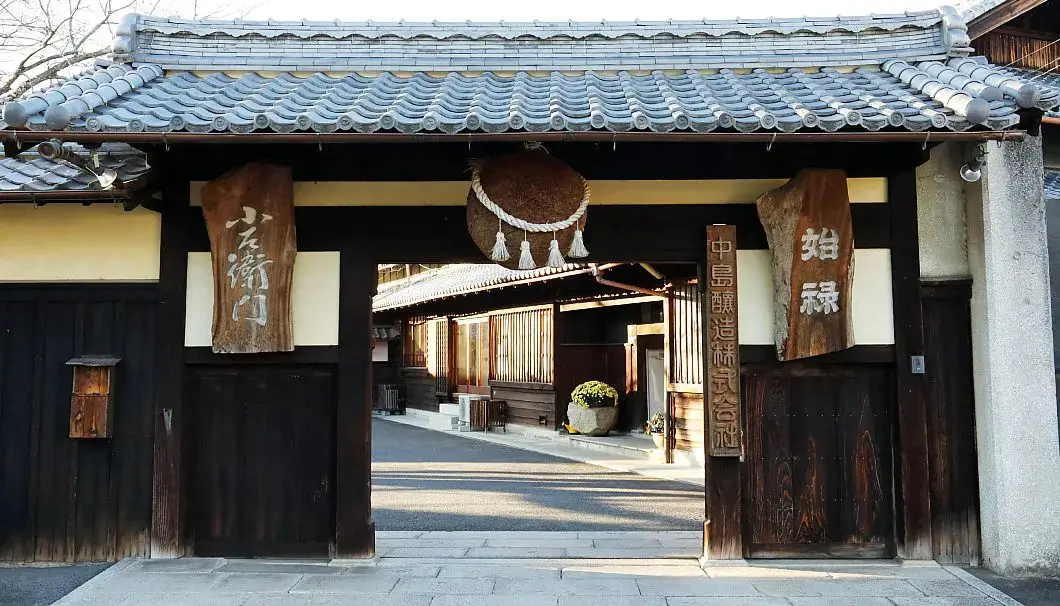
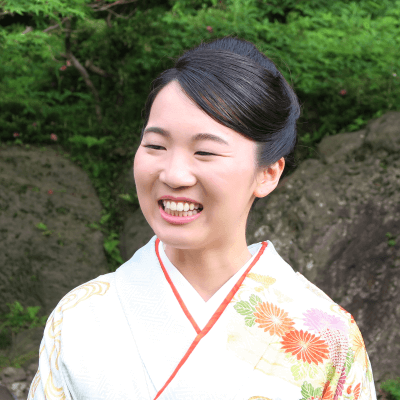
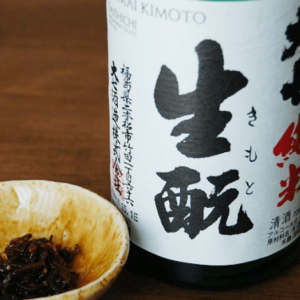
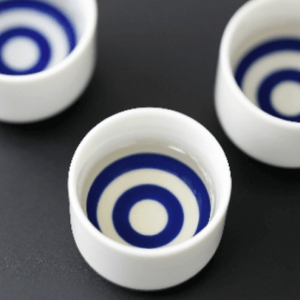

Comments